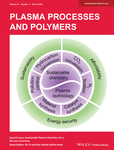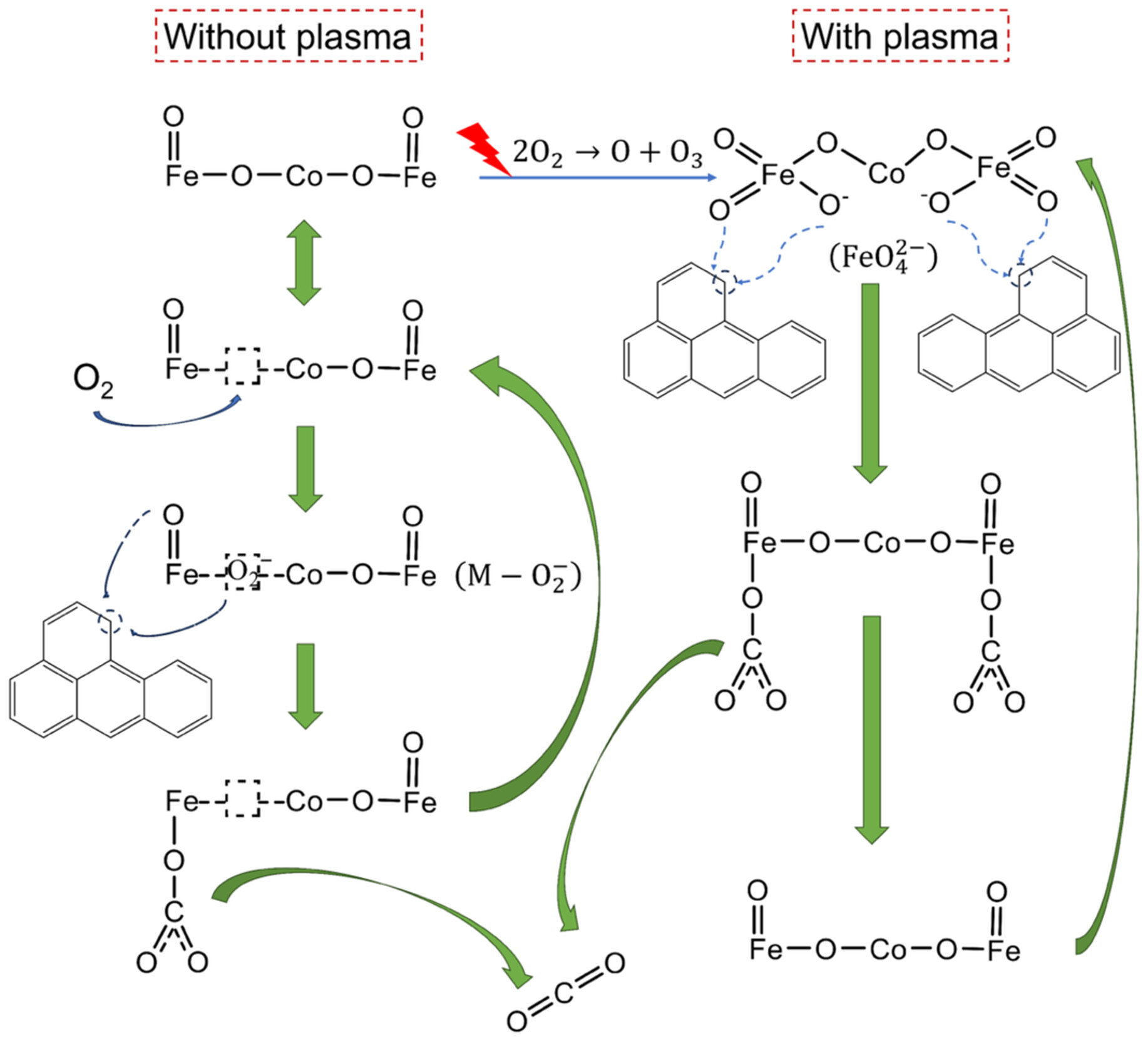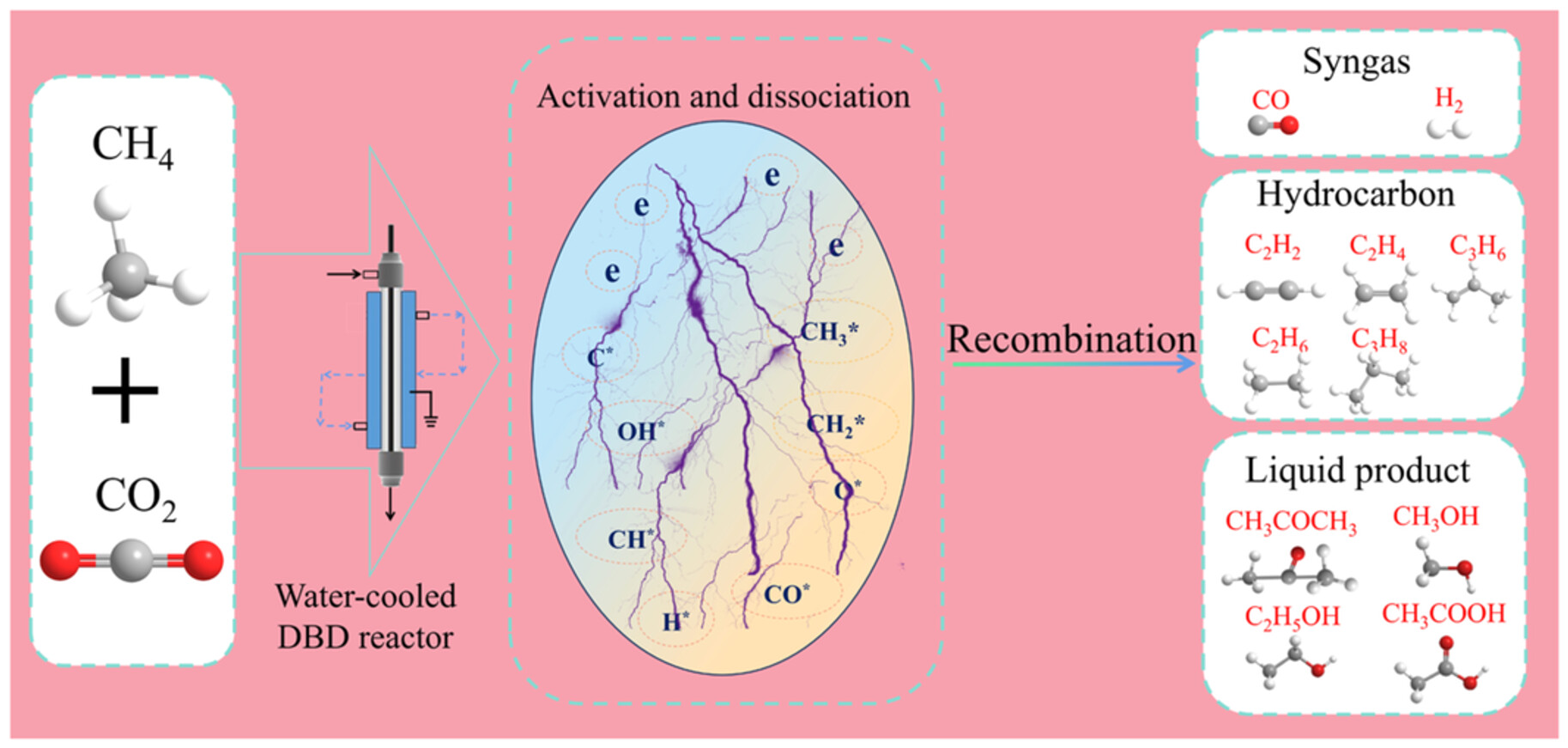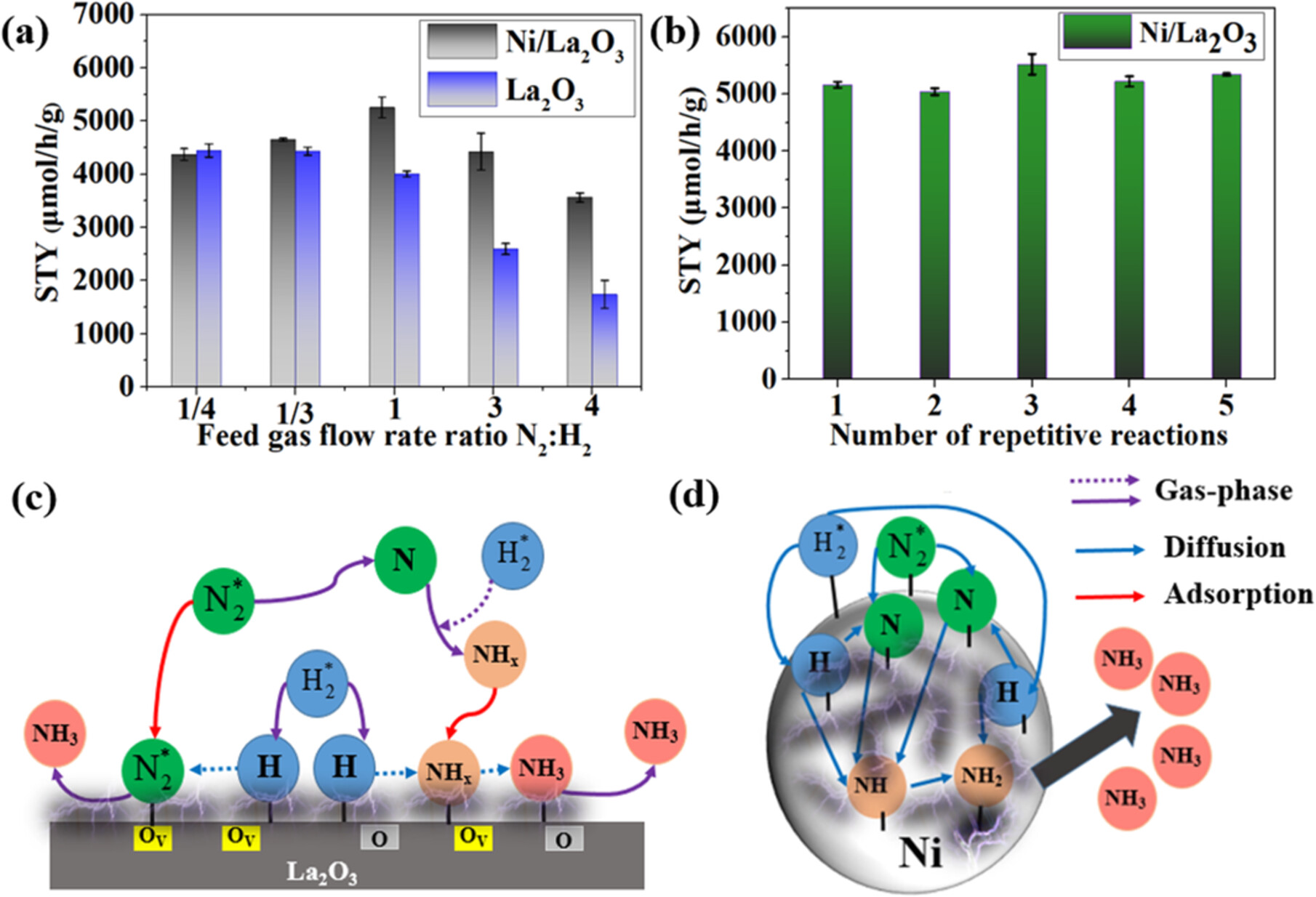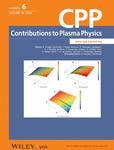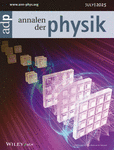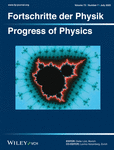Journal list menu
Export Citations
Download PDFs
COVER PICTURE
Outside Front Cover: Plasma Process. Polym. 3/2025
- First Published: 04 March 2025
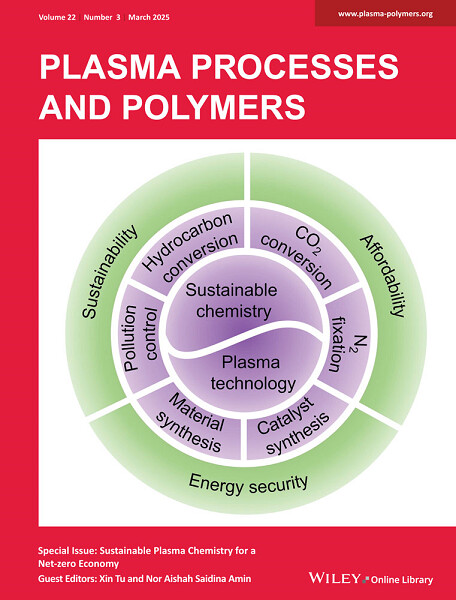
Outside Front Cover: This special issue explores the transformative potential of plasma technology in shaping a net-zero economy, highlighting cuttingedge research in plasma-driven synthesis, pollutant degradation, and catalyst/nanomaterial development. By examining fundamental insights into plasma kinetics, diagnostics, and surface interactions, this collection of work paves the way for innovative and sustainable solutions that align with the urgent global need for a cleaner, more resilient, and energy-efficient future.
Further contributions for this special issue can be found in the virtual collection “Sustainable Plasma Chemistry for a Net-zero Economy”.
ISSUE INFORMATION
GUEST EDITORIAL
Special Issue: Sustainable Plasma Chemistry for a Net-Zero Economy
- First Published: 25 February 2025
RESEARCH ARTICLE
Low-carbon pyrolysis of vacuum gas oil by non-thermal plasma
- First Published: 02 July 2024

Development of the potential of plasma-chemical technologies for processing heavy hydrocarbon raw materials using a renewable source of electricity will lead to significant savings in oil resources and a reduction in CO2 emissions. Low-temperature plasma-chemical (non-thermal plasma) pyrolysis allows for the processing of heavy oil fractions at room temperature without preheating the raw materials or introducing reagents and catalysts.
Dielectric barrier discharge plasma catalysis for diesel particulate matter oxidation: Optimization and synergistic differences in transition metal catalysts
- First Published: 04 July 2024
Space-resolved gas temperature of a microwave plasma torch used for hydrogen production via methane pyrolysis
- First Published: 07 August 2024
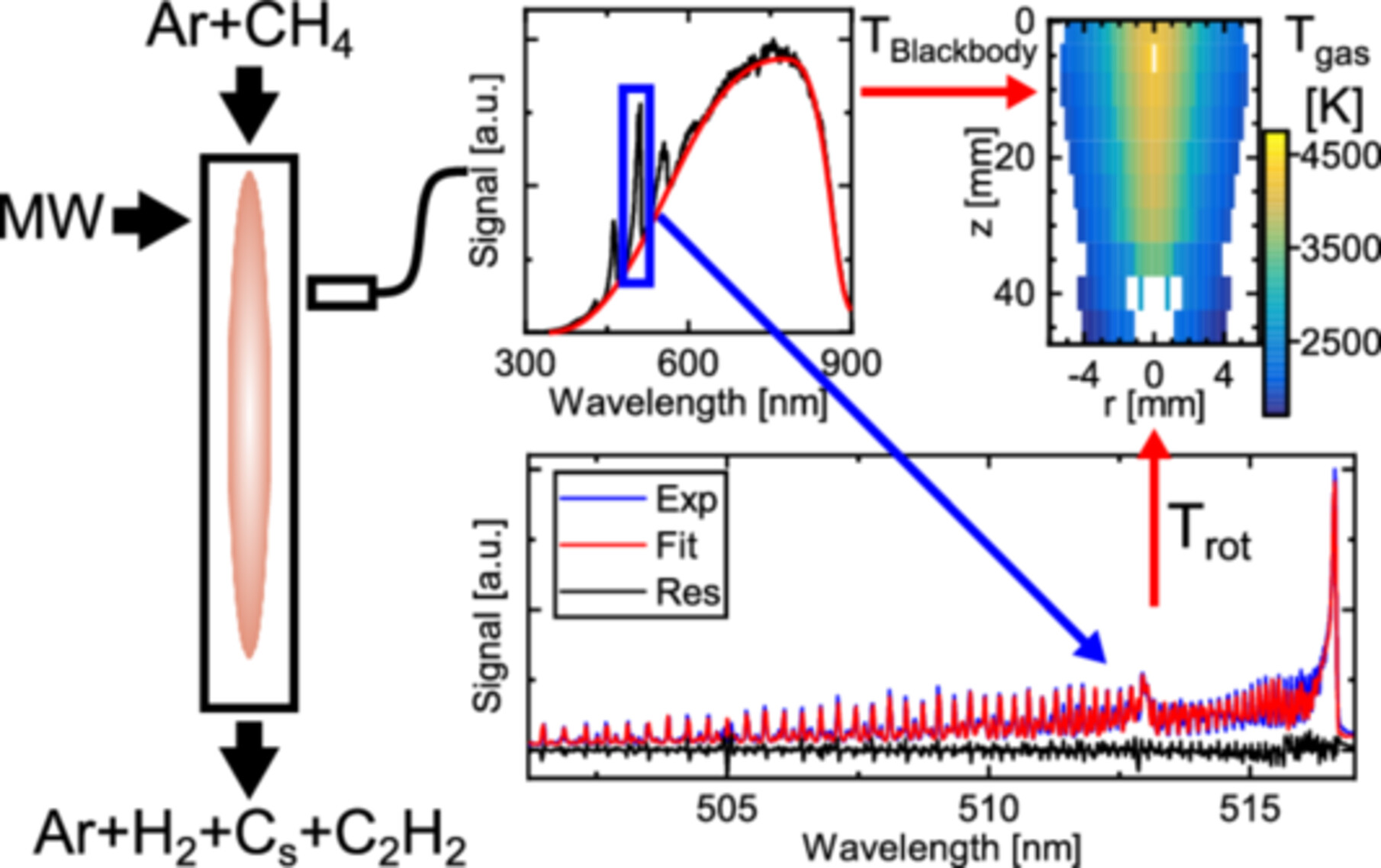
Optical emission spectroscopy is used to determine the space-resolved gas temperature in a microwave plasma torch operated in an argon-methane mixture. The thermal equilibrium chemistry and the kinetics of methane pyrolysis are analyzed to explain the observed coupling between the local gas temperature and the local emission.
Hydrogen production in microwave discharge in water with barbotage of methane at atmospheric pressure: Experiment and modeling
- First Published: 28 August 2024
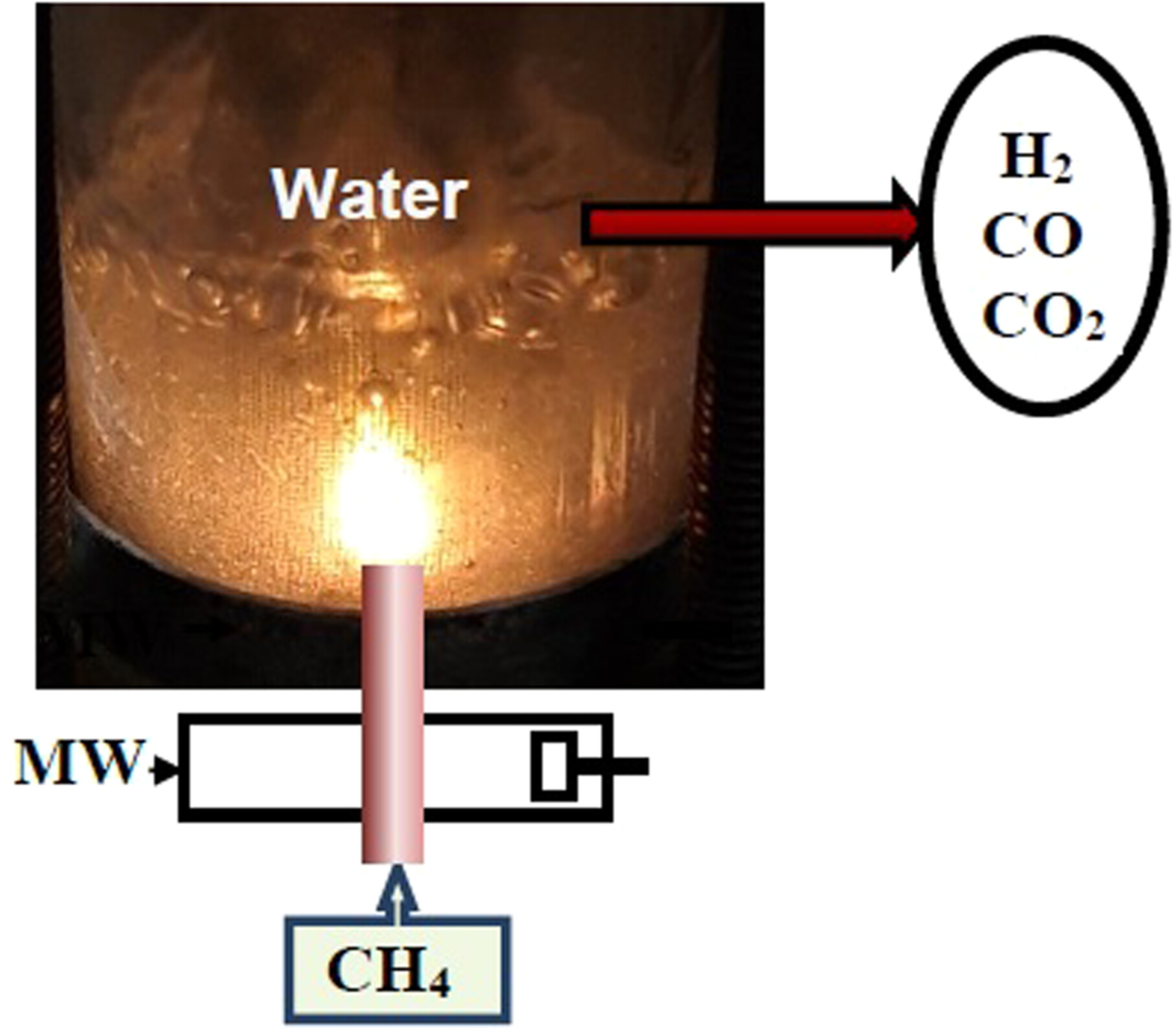
Microwave plasma in liquid hydrocarbons is the new area of plasma physics and plasma processing. In this article, we focus on the study of hydrogen production in microwave discharge in water with methane bubbling. This process is similar to so-called methane steam reforming. The process is studied using gas chromatography and optical emission methods and a specially designed zero-dimensional self-consistent model. This model includes the stage of quenching the products of reactions. Mechanisms of main gas products (H2, CO, and CO2) were determined.
Ni-MOF-74 Derived Carbon-Based Ni Catalysts for Efficient Catalytic Ammonia Synthesis via Pulsed DBD Plasma
- First Published: 20 October 2024
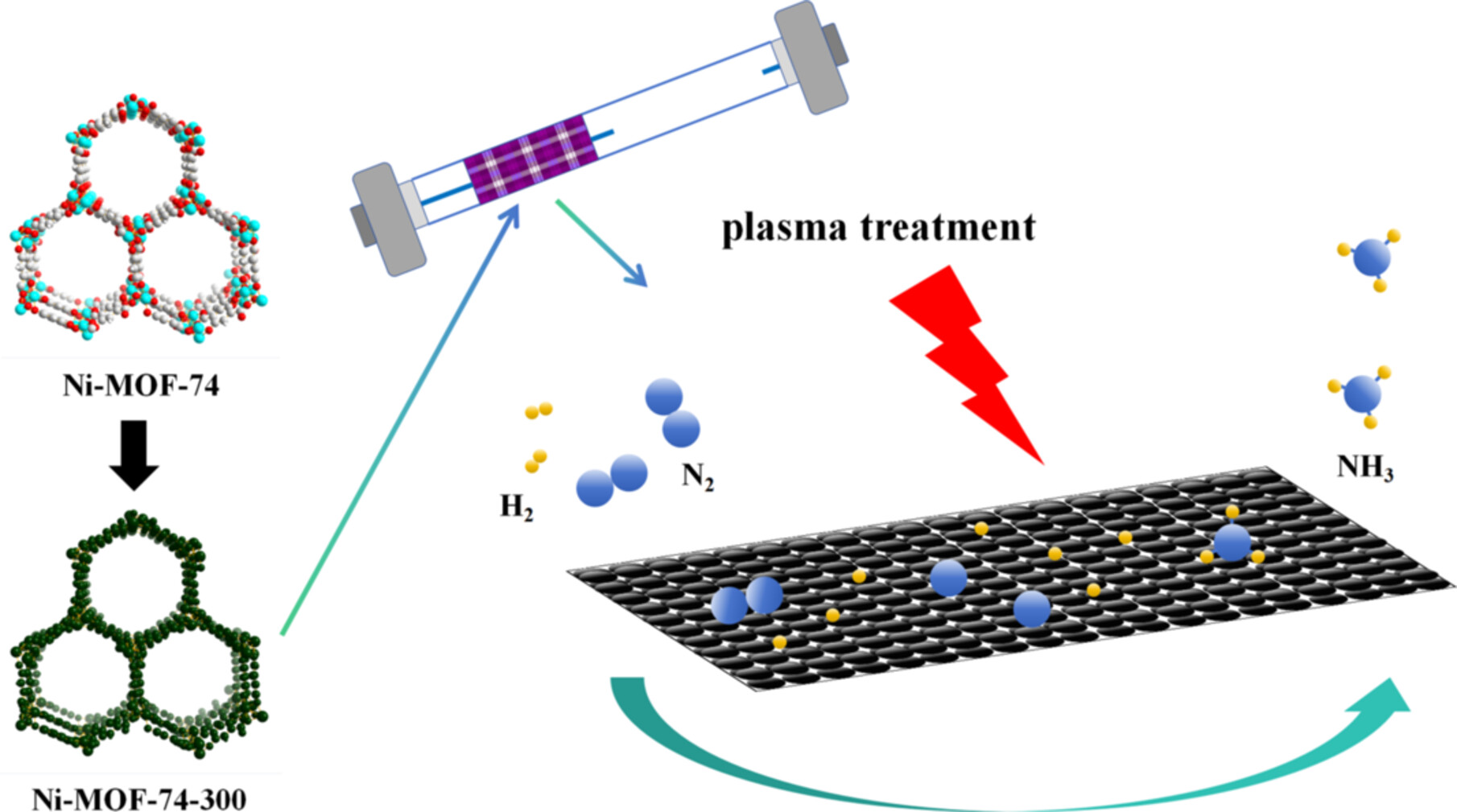
Carbon-based Ni catalysts for ammonia synthesis were prepared by direct pyrolysis of the Ni-MOF-74 precursor at different temperatures under an argon atmosphere. The pyrolysis product at the temperature of 300°C, Ni-MOF-74-300, with the porous structure of MOF-74 and metallic nickel particles, exhibits the best performance for ammonia synthesis.
In Situ Fabrication of Al@C Nanocomposite Energetic Additives via Pulsed Discharge in Cyclohexane
- First Published: 22 October 2024
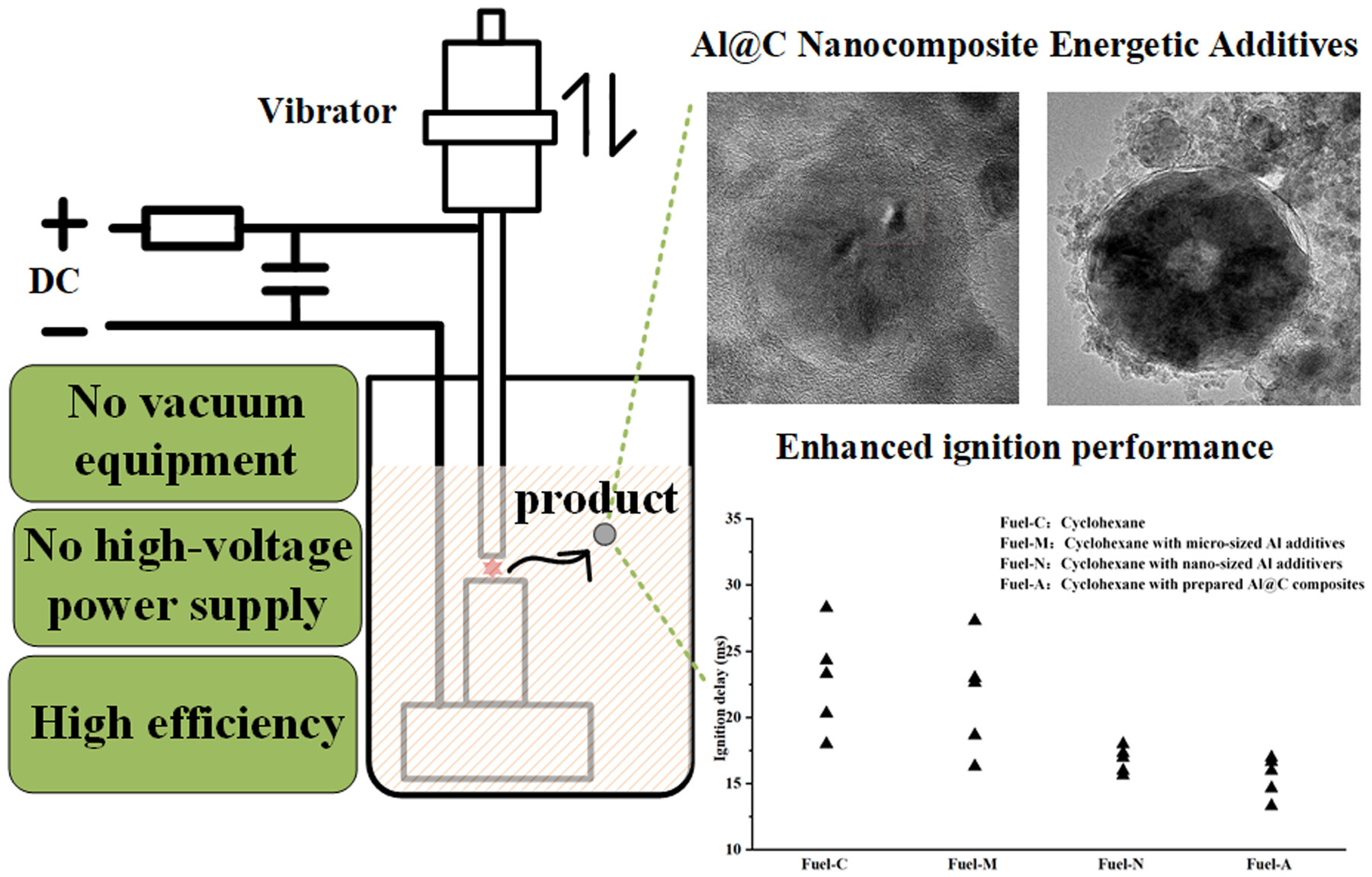
A novel method for the fabrication of aluminum–core carbon–shell (Al@C) nanocomposites has been developed, utilizing a one-step pulsed-arc discharge process in liquid cyclohexane. This technique eliminates the need for vacuum or high-voltage equipment. The Al@C nanocomposites prepared by this method exhibit enhanced thermal properties, including increased heat release and a shorter ignition delay.
Boosting Dry Reforming of Methane Over NiCo/CeO2 Catalysts Treated by Hydrogen Plasma
- First Published: 27 October 2024
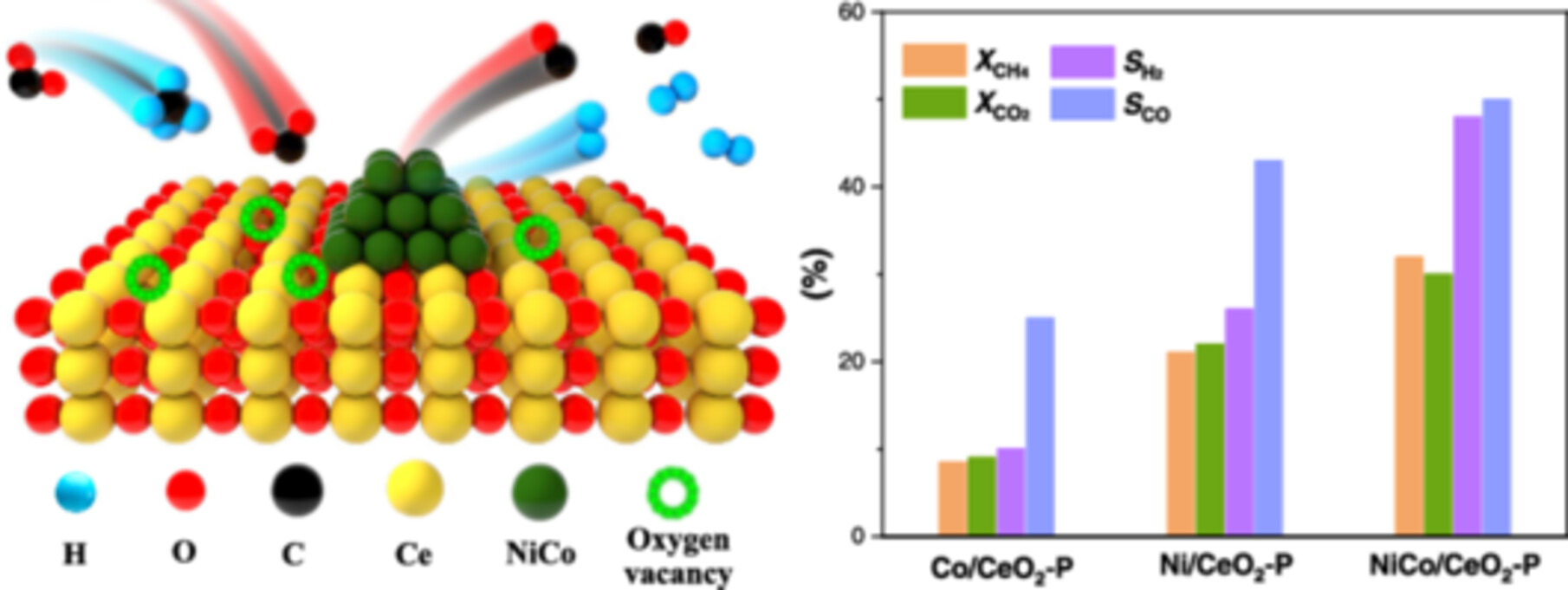
Hydrogen (H2) plasma was used to construct highly efficient NiCo sites on CeO2 support with the purpose of boosting the performance of dry reforming of methane (DRM) reaction. Our data evidenced that the catalytic activity and coke resistance of H2 plasma-treated NiCo/CeO2 catalysts were remarkably improved during the DRM reaction. The characterizations demonstrated a promising strategy of H2 plasma treatment for the preparation of highly dispersed NiCo sites and high-concentration oxygen vacancy on CeO2.
Plasma-Catalytic CO2 Methanation Over Supported Ni–Co Catalysts Prepared by Solution Combustion Synthesis
- First Published: 17 November 2024
Facilitating CO2–CH4 Reforming Into Syngas and Useful Chemicals by Water-Cooled Dielectric Barrier Discharge Plasma: Effect of Discharge Power, Gas Mixing, and Mechanism Insight
- First Published: 03 December 2024
Nitrogen Fixation by Simple Gling Arc Plasma Reactor at Elevated Pressure for Synthesis of Aqueous Nitrogen Fertilizer
- First Published: 27 November 2024
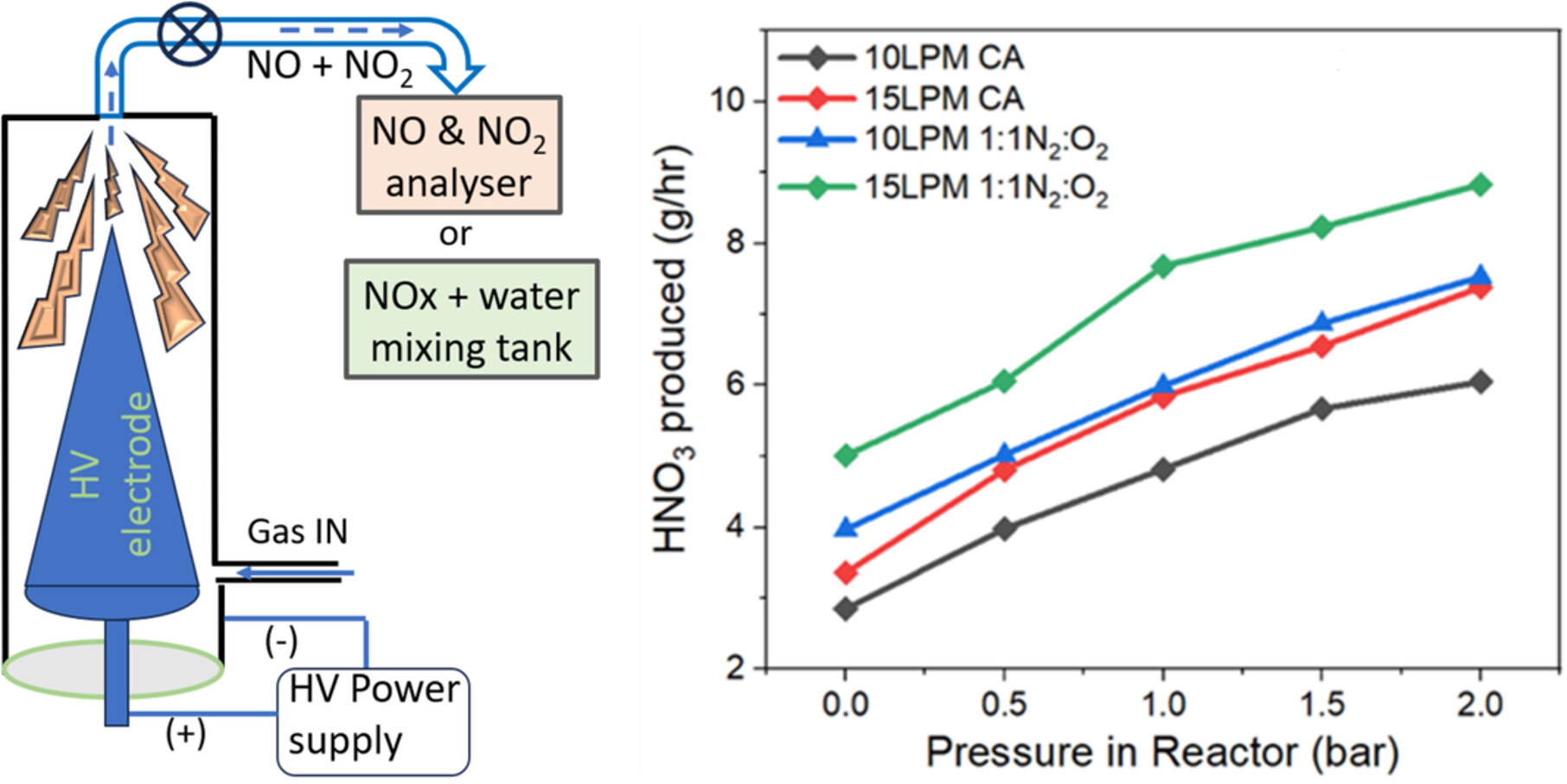
A scalable gliding arc plasma reactor for nitrogen fixation achieved an HNO₃ production rate of 8.83 g/h with an energy cost of 2.9 MJ/mol of nitrogen. By optimizing the pressure to 2 bar, the reactor attained 84% NO₂ selectivity, demonstrating its potential for efficient nitrate fertilizer production.
Enhancing Ammonia Synthesis Efficiency With Ni-Loaded La2O3 Catalysts in Plasma-Catalyzed Reactions
- First Published: 10 December 2024
Direct Iron Phthalocyanine (FePc) Incorporation on Graphene Nanoplatelets (GNP) as Fe–N Complex via Plasma Engineering for Advanced Oxygen Reduction Reaction
- First Published: 22 December 2024

In this paper, Fe-N composites were directly placed on a graphene nanoplatelet (GNP) substrate through a plasma process for the ORR electrochemistry catalyst. A mixed sample and a plasma engineering sample were manufactured and compared, and the plasma engineering catalyst showed the best performance of achieving a half-wave potential of 0.91 V versus RHE and a kinetic current density six times higher than that of commercial 20 wt.% Pt/C.
Discharge and Gas Parameters Optimization for Toluene Degradation in a Perpendicular Magnetic Field-Assisted Dielectric Barrier Discharge Reactor
- First Published: 31 December 2024
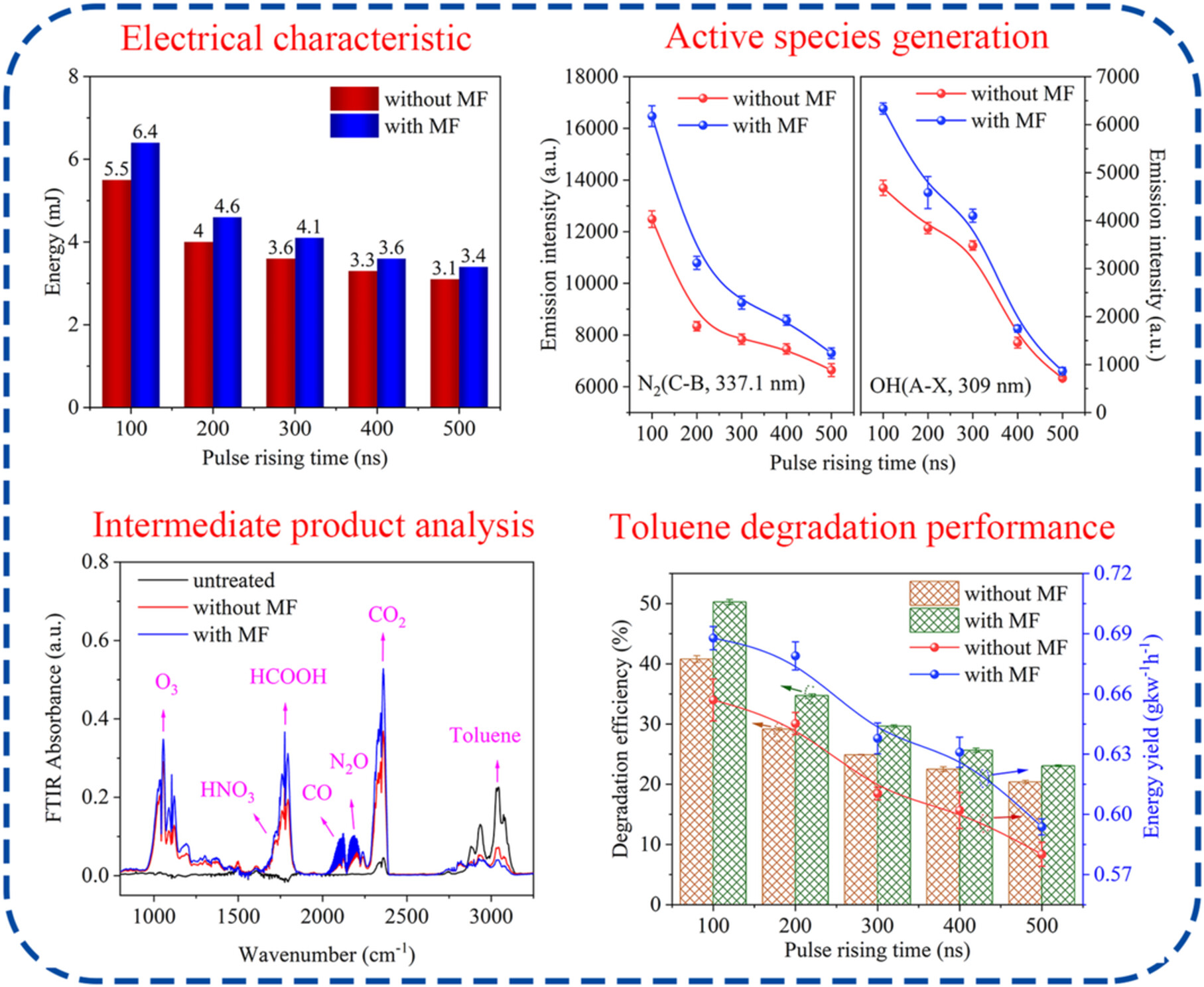
This study revealed that toluene degradation performance is maximized under short pulse rising times and widths, low gas flow velocities, and minimal oxygen concentrations. Moreover, by optimizing key operating parameters, increasing the number of magnetized energetic electrons in perpendicular MF, discharge intensity and toluene degradation performance can be further improved.
Chemical Insights Into Nitrogen Oxidation Via Surface Dielectric Barrier Discharge Plasma Driven By Different Power Supplies
- First Published: 21 January 2025
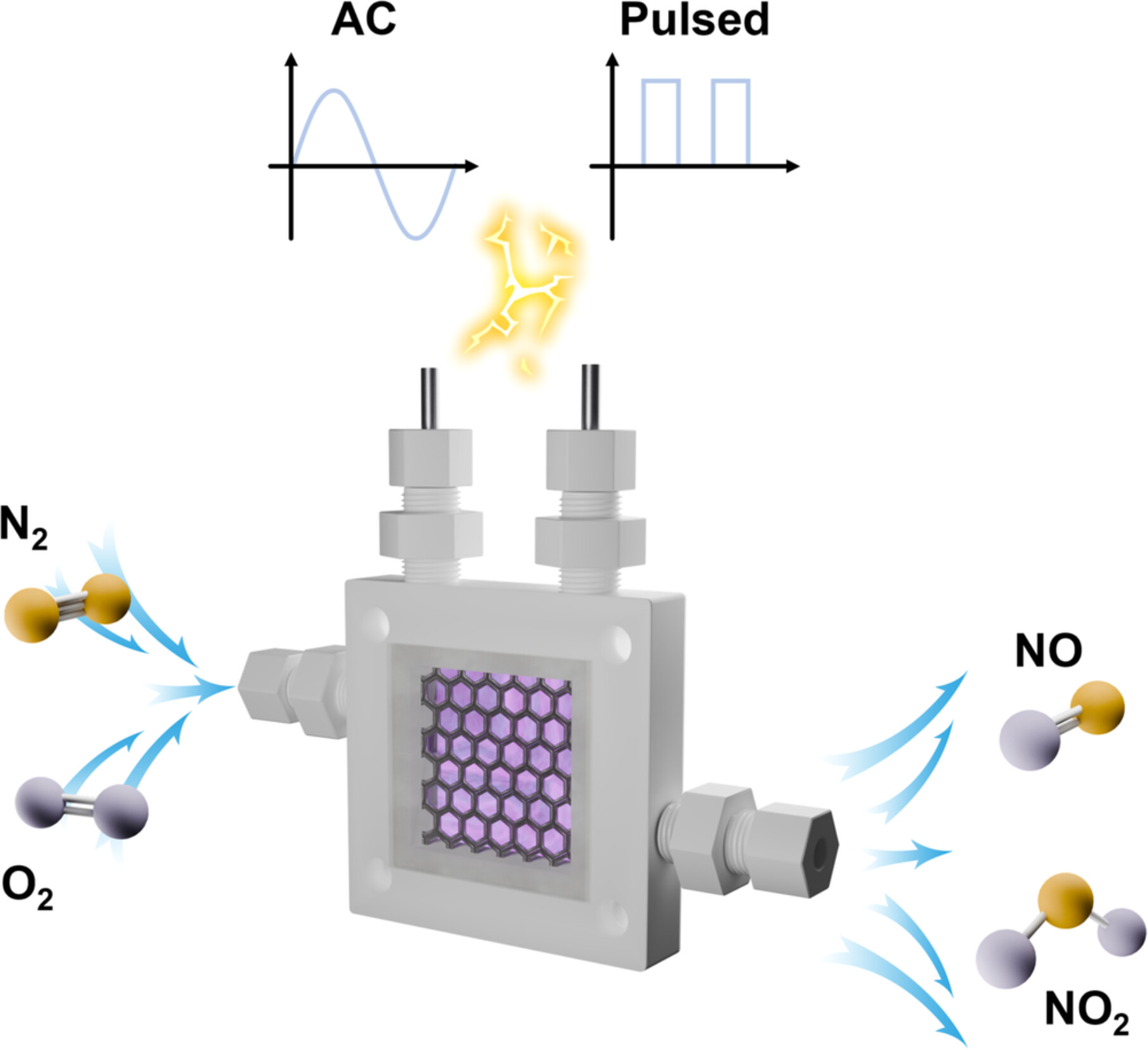
Surface dielectric barrier discharge (SDBD) demonstrates considerable sensitivity to factors influencing NOx formation. This study examines the effects of power input and N2/O2 ratios on NOx yield and selectivity under alternating current (AC) and pulsed power supplies. The findings reveal that pulsed power enhances NO2 selectivity compared to AC, attributed to lower rotational temperatures that promote the generation of abundant O radicals and improve NO oxidation efficiency. These results offer valuable insights into the mechanisms of plasma-driven nitrogen oxidation.
Characterization of a Gliding Arc Plasmatron for the Plasma Assisted Pyrolysis of Methane to Acetylene and Hydrogen
- First Published: 04 February 2025
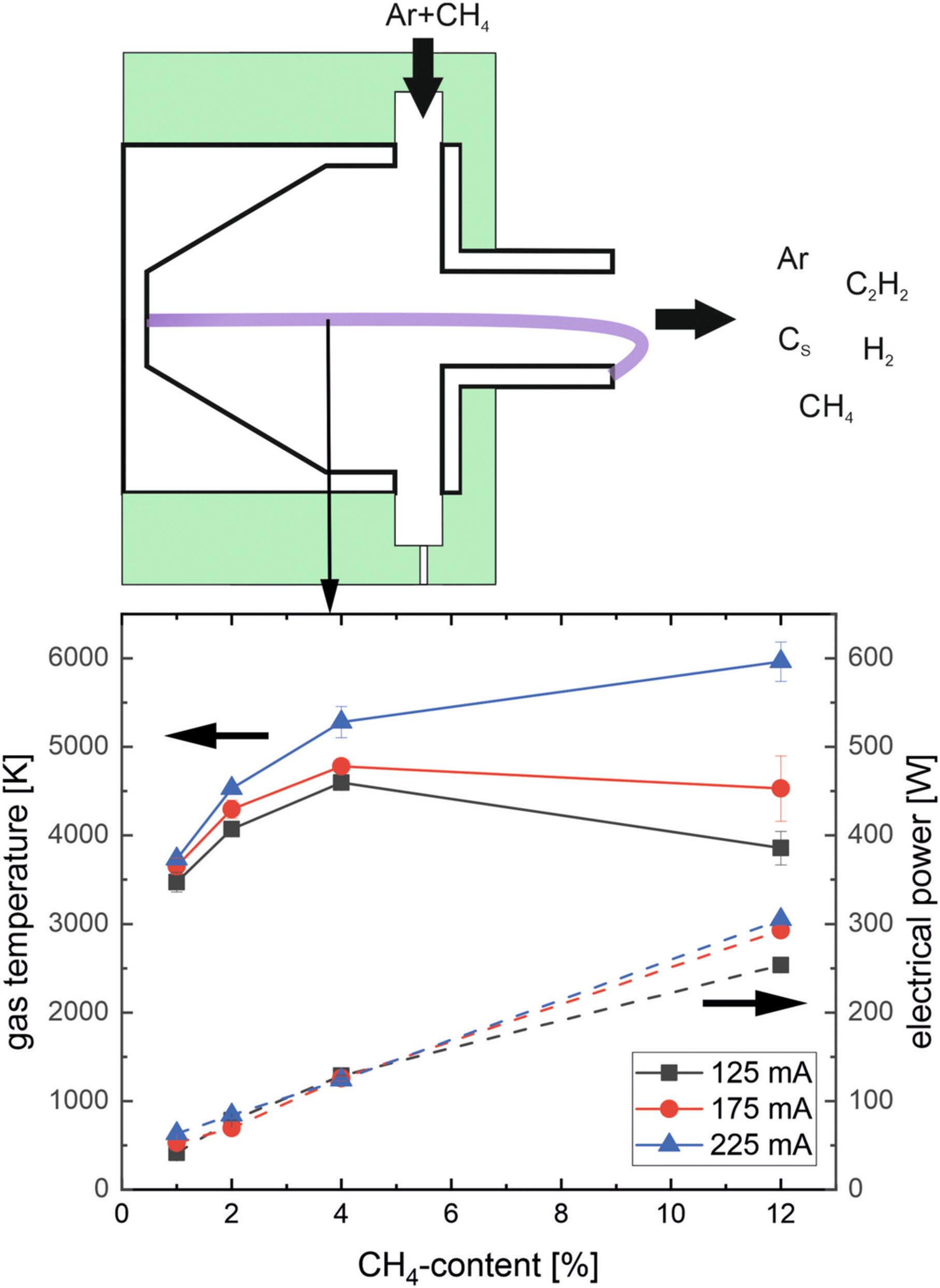
This article explores the innovative use of a gliding arc plasmatron for methane pyrolysis, combining plasma diagnostics and gas stream analysis. By delving into plasma characteristics and the resulting product composition, it unveils the potential and the mechanisms of this technology for efficient hydrogen and acetylene production.




